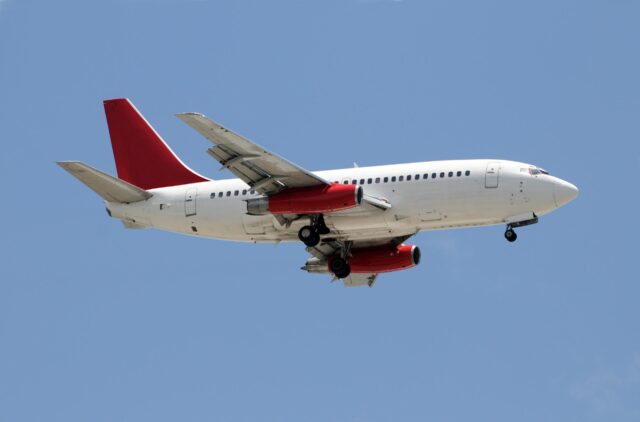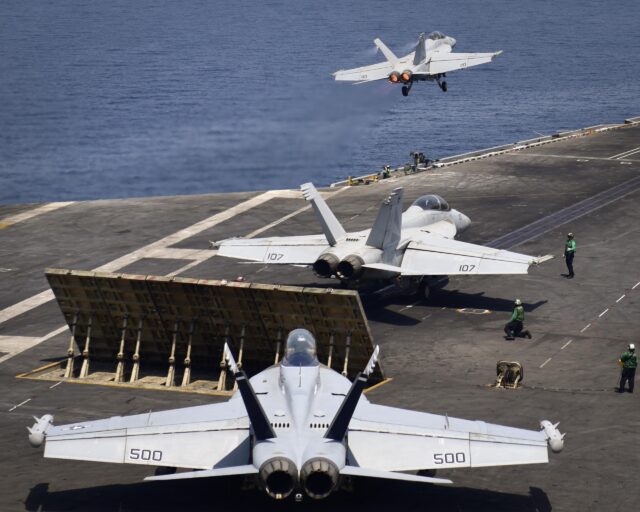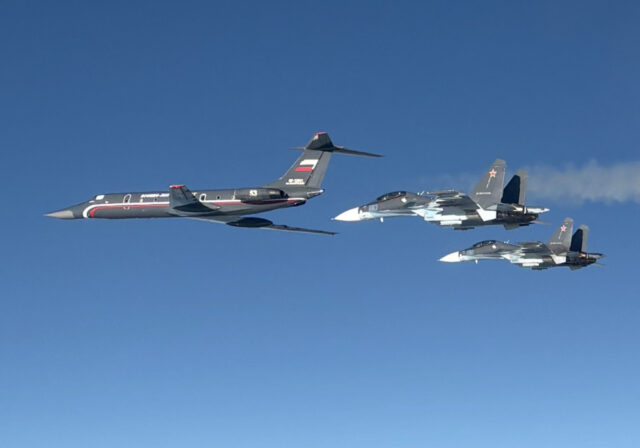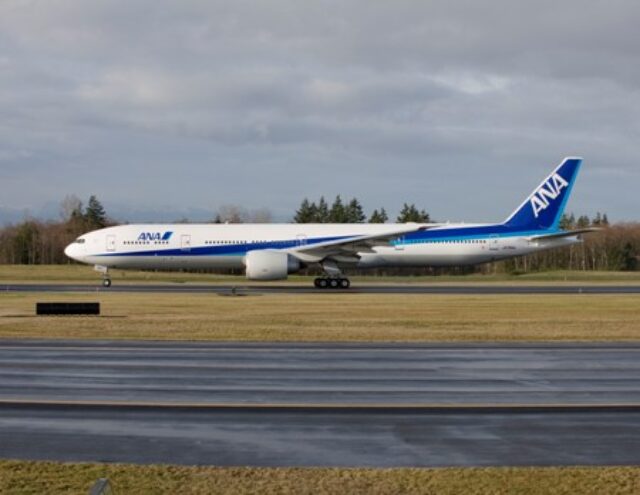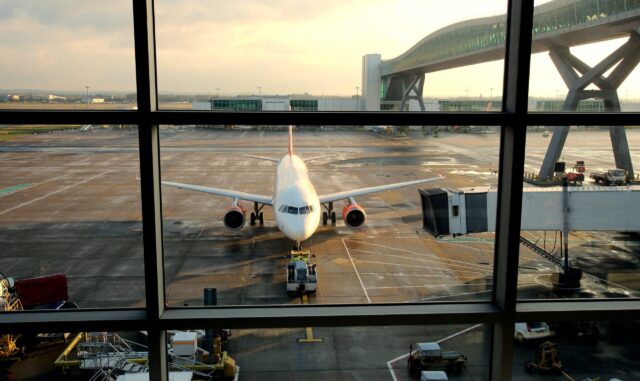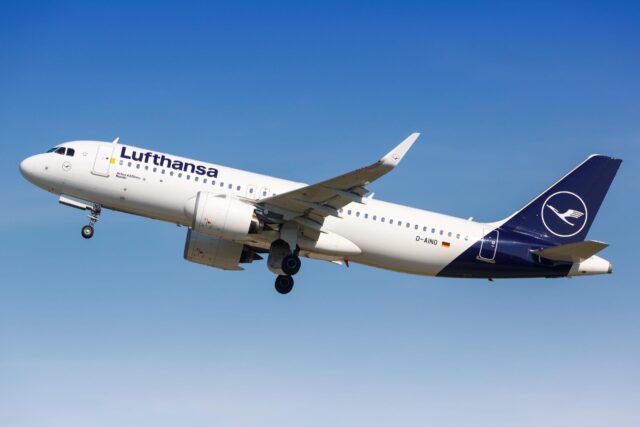White House prioritises 6th-gen F-47 over Navy’s F/A-XX due to industrial limits

July 18, 2025

The White House has echoed earlier statements by the United States Department of Defense that moving forward with the development of the Navy’s F/A-XX now would delay the F-47 6th-gen fighter. Currently, the Air Force is seeking to rapidly develop the F-47 and bring it into service before 2030.
White House says F/A-XX development would delay F-47
As huge as the US defence industrial base is, it may not be big enough to develop both the F/A-XX and F-47 simultaneously, while also developing the B-21 Raider and various advanced loyal wingman drones (called Collaborative Combat Aircraft).

In June 2025, the US Department of Defense stated in a hearing, “The Navy’s FA-XX program will maintain minimal development funding to preserve the ability to leverage F-47 work while preventing oversubscription of qualified defense industrial base engineers.”
Now the White House is seconding that statement. It asserts that forcing the Navy to move forward with the F/A-XX now would draw away resources from the F-47. This isn’t necessarily just a question of money; there are only so many qualified engineers to go around.
The White House released a statement on 15 July as part of the fiscal 2026 budget, saying “the Administration strongly supports reevaluating the F/A-XX program due to industrial base concerns of two sixth-generation programs occurring simultaneously.”
The White House says the Air Force’s F-47 aircraft is the more pressing project. It states that developing both at the same time would delay the F-47, while not meaningfully speeding up the F/A-XX.
By allocating just $74 million for the F/A-XX, the administration is investing enough to keep the project alive, while it goes all in on the F-47.
This is not an opinion universally agreed on, as Aviation Week reports there are “claims from industry that the capacity does exist for the two fighters.”
Developing 6th gen fighter, including many defence contractors
Boeing is developing the F-47 fighter, beating Lockheed Martin in the competition. Northrop Grumman competed early but dropped out. All three are believed to have competed for the F/A-XX project, although Lockheed Martin is reported to have been eliminated.
On the face of this, this should mean Northrop Grumman is still free to work on the F/A-XX, but that is not how the defence industry works.

In reality, lead fighter jets include extensive input from many or all leading aerospace defence contractors.
For example, while Lockheed Martin is the primary contractor for the F-35, Northrop Grumman is also one of the major contractors. The British contractor, Rolls-Royce, supplied the vertical lift systems for both Lockheed Martin’s and Boeing’s demonstrators for the F-35 project.
In other words, no matter who wins the contract, most or all of the major defence aerospace contractors will receive a piece of the pie developing and building the aircraft.
Few countries can develop 6th-gen fighters alone
In the past, the United States and other leading nations could develop multiple advanced aircraft projects simultaneously. Those days are now long gone, at least when it comes to designing manned 6th-generation fighter jets.
The technological engineering and industrial requirements to develop a 6th-generation fighter are enough to push the defence aerospace sector of any nation to its limits. For most countries, it is simply no longer feasible to go it alone.

That is why the UK, Italy, and Japan have partnered to produce the Tempest/GCAP and want to bring more countries like Saudi Arabia on board. Meanwhile, Germany, France, and Spain have partnered to produce the FCAS.
It is unclear if any nation, not called the United States or China, has the ability to develop a true 6th-generation fighter alone.
